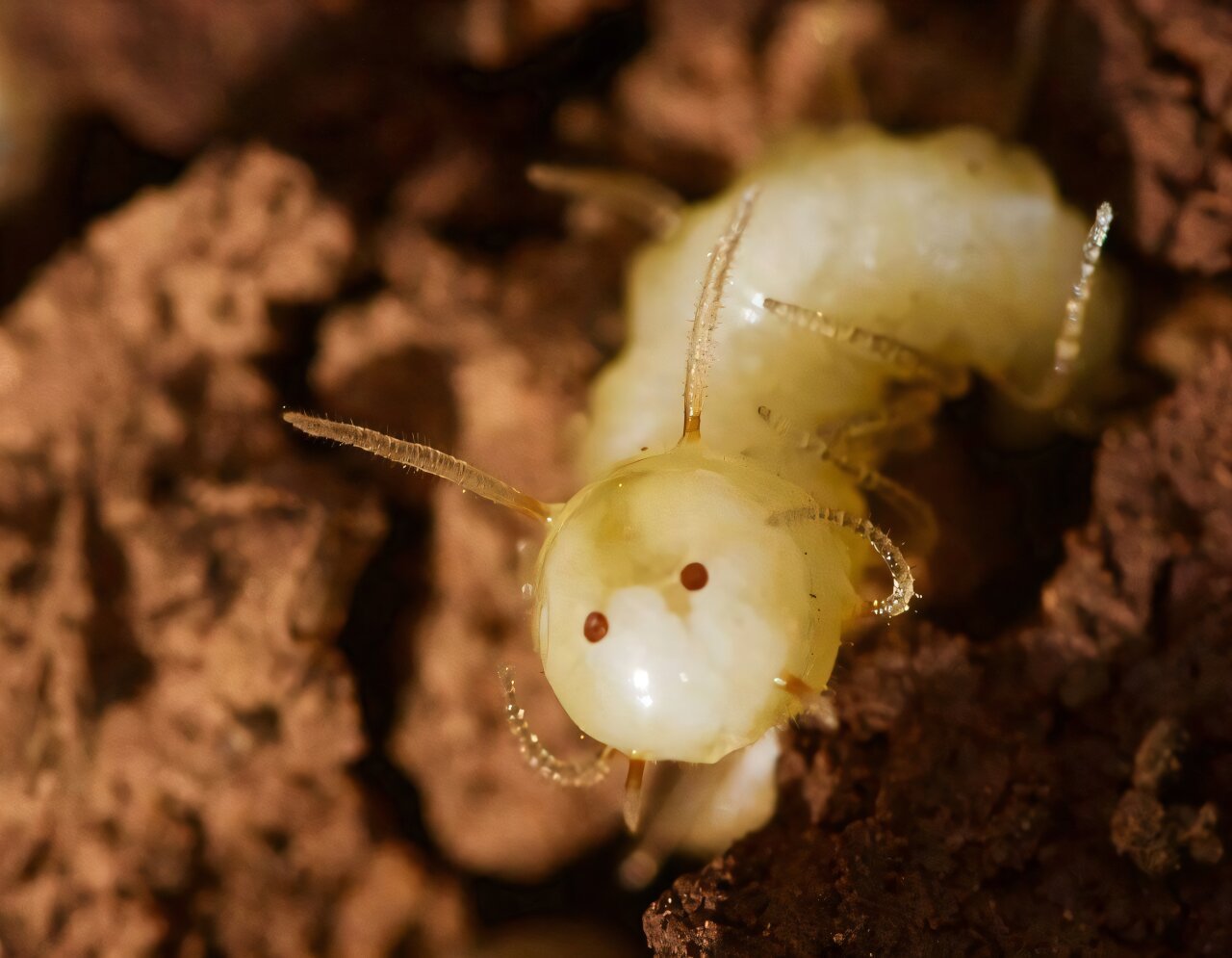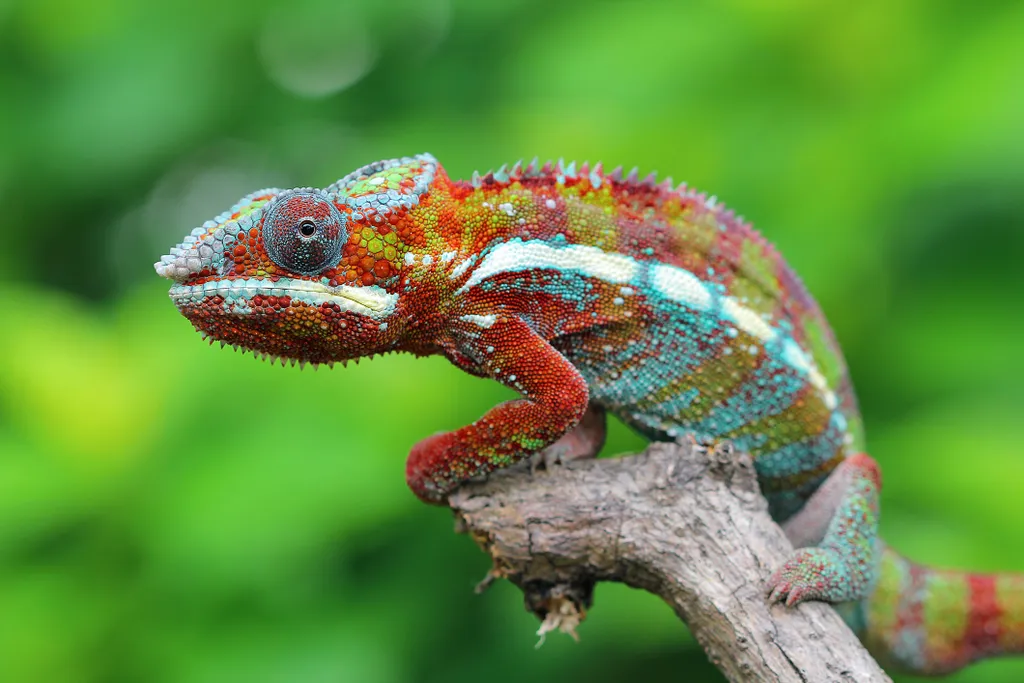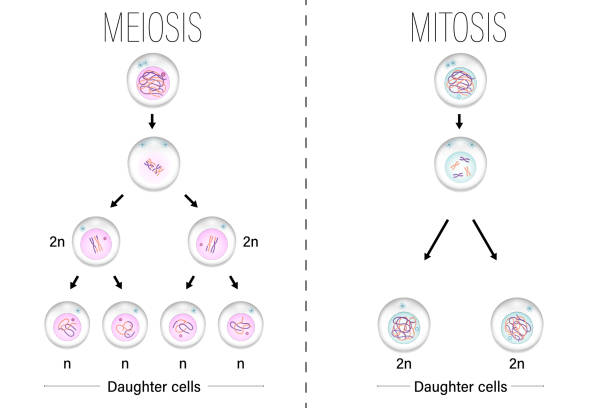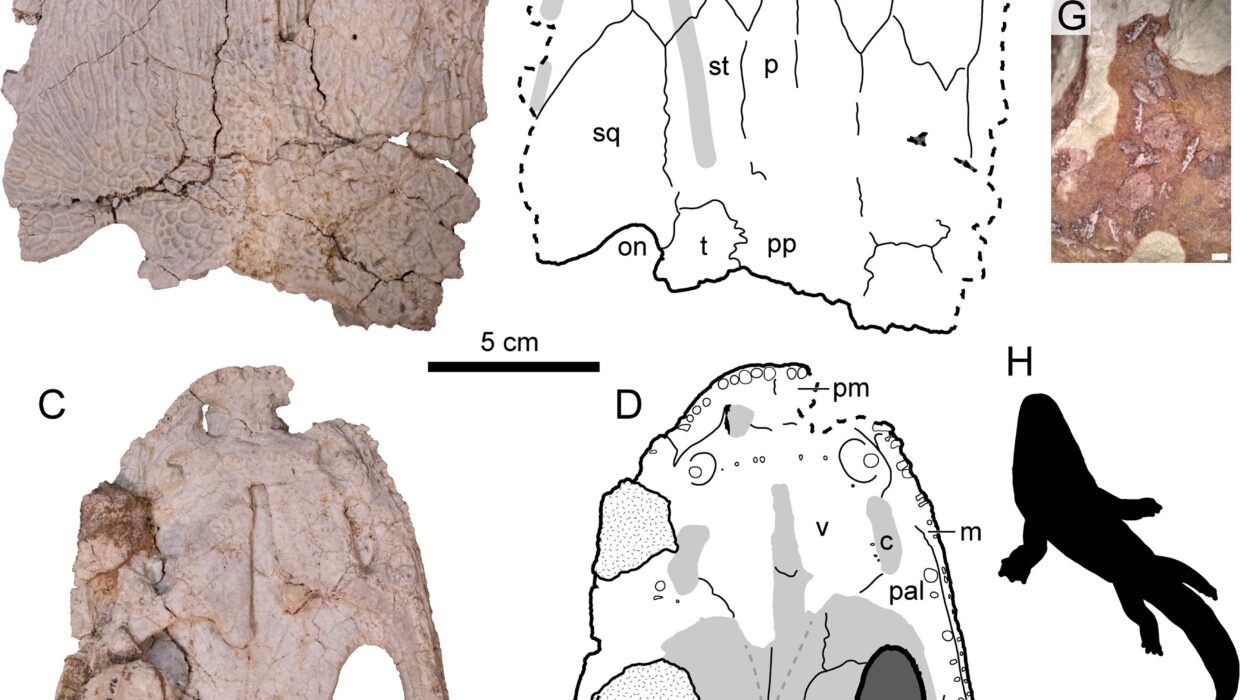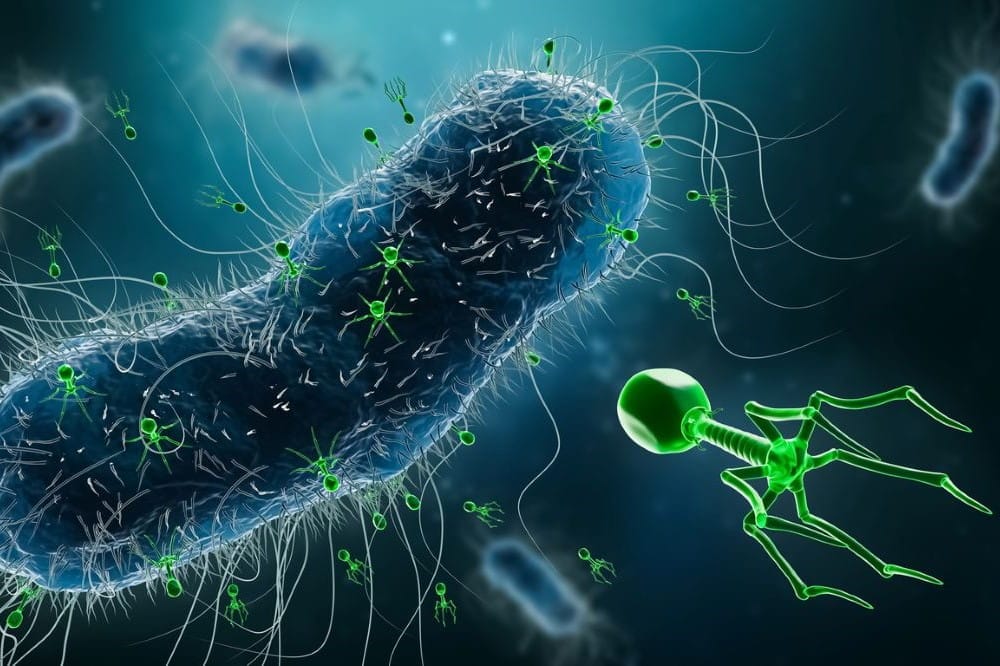Nature has long been a stage for masterful impersonators, and nowhere is this more evident than in the insect kingdom. From the bee fly to the ant spider, some species excel at deceiving predators and prey alike, employing strategies so cunning they seem straight out of a spy movie. While such deceptions are well-known, researchers have now discovered a remarkable new example: a blow fly whose larvae live incognito among termites, successfully infiltrating their colonies with a combination of physical and chemical mimicry. This breakthrough discovery, made by an international team of researchers, has expanded our understanding of both blow fly evolution and the complex dynamics of symbiosis in nature.
The Study and the Discovery
For the first time, an international research team led by the Institute of Evolutionary Biology (IBE), a collaborative institution between the Spanish National Research Council (CSIC) and Pompeu Fabra University (UPF), has uncovered a species of blow fly (family Calliphoridae) whose larvae are capable of infiltrating colonies of harvester termites in the Anti-Atlas mountain range of southern Morocco. The study, published in Current Biology, highlights a series of extraordinary morphological and chemical adaptations that allow these blow flies to deceive termites—effectively living a life of stealth and intrigue.
The discovery occurred somewhat serendipitously when researchers, originally focused on studying butterflies and ants, stumbled upon the termite mounds. Roger Vila, the lead researcher at IBE, described the moment as a chance finding: “It had rained a lot, so butterflies were not flying, and we started looking for ants. We lifted a stone and found a termite mound with three fly larvae we had never seen before. The larvae had emerged likely due to flooding in the nest,” Vila recalled. The team was able to make further discoveries in the area but found the species to be extraordinarily rare, with only two additional larvae found in other termite mounds during subsequent expeditions.
Morphological and Chemical Adaptations: The ‘Termite Mask’
The key to this blow fly larvae’s success in infiltrating the termite colony lies in its unique morphological adaptations. Most notably, the larvae have developed what researchers describe as a ‘termite mask’ on their bodies. This mask consists of a non-functional head, complete with antennae and palps that mirror those of a large harvester termite. These false features deceive the termites into accepting the larvae as one of their own.
Interestingly, harvester termites, unlike many other termite species, possess functional eyes. These eyes are particularly useful at dusk when the termites venture out to forage for grass. The larvae’s ability to mimic these eyes, by way of their breathing holes—referred to as spiracles—further enhances their disguise.
In addition to the ‘termite mask’, the larvae have numerous tentacles encircling their bodies, which resemble termite antennae. This adaptation is crucial, as it facilitates communication with the termites. The research team demonstrated this similarity using scanning electron microscopy, revealing how the fine details of the tentacles enable the larvae to interact with termites just as other termites would with each other. The larvae’s tentacles serve as a means of constant communication, further solidifying their place within the colony.
Chemical Camouflage: The Scent of Home
In the dark, enclosed environment of a termite mound, the insects primarily rely on chemical communication to identify and interact with one another. Termites use their antennae to detect the unique chemical signatures of nestmates, a mechanism vital for recognizing individuals within the colony and identifying outsiders. This is where the larvae’s chemical disguise comes into play: the fly larvae mimic the scent of the termites in their colony with astounding precision.
The researchers quantified the chemical composition of the larvae and found that they are nearly indistinguishable from the termites themselves. The larvae’s scent profile matched that of the termites to such a degree that even the colony’s soldier termites—which typically attack and destroy any intruders—did not detect the larvae as foreign. The study revealed subtle but distinct chemical variations between colonies, which allows termites to distinguish between different mounds. However, the larvae managed to perfectly replicate the chemical makeup of their host colony, facilitating their acceptance by the termites.
According to Vila, “This chemical disguise is a critical factor in the larvae’s success. The larvae and termites share a similar chemical profile, making the larvae virtually invisible to the colony’s defenses.”
The Relationship: Social Parasitism or Symbiosis?
The larvae’s ability to infiltrate and interact with termites suggests a form of social parasitism, a relationship where one organism benefits at the expense of another. However, it is still unclear whether the larvae are parasitic in the traditional sense, or whether this relationship could be classified as mutualistic or symbiotic. This is because the larvae seem to gain sustenance from the termites without triggering hostility, and researchers observed trophallaxis-like behavior, where the termites appeared to feed the larvae by transmitting food through their mouths.
Although the exact diet of the larvae remains a mystery, the ongoing interaction between the larvae and termites within the mound suggests some form of commensalism, where the larvae benefit from the termites’ resources without necessarily harming them. Interestingly, the termites even groomed the larvae, using their mouthparts to tend to them, further hinting at a relationship that may extend beyond parasitism.
Evolutionary Significance: A Unique Case of Mimicry
The discovery of this new blow fly species provides a fascinating example of evolutionary adaptation. The researchers believe that the ‘termite mask’ and other morphological traits have evolved specifically to allow the larvae to integrate seamlessly into termite colonies. Vila pointed out the rarity of such an adaptation, emphasizing the evolutionary leap represented by this disguise: “The common ancestor of blow flies and humpback flies dates back over 150 million years, much older than the split between humans and mice. We are confident that this is a new case of social integration evolution, a remarkable instance of how species evolve to exploit existing ecological niches,” he explained.
Using phylogenomic studies, the team was able to identify the fly as belonging to the genus Rhyncomya, a group previously not known to exhibit such behaviors. This discovery challenges previously held assumptions about the diversity of blow flies and their potential to evolve new, specialized life histories.
Implications for Our Understanding of Symbiosis in Nature
The study invites a broader reevaluation of how we understand symbiotic relationships and social parasitism in nature. While much of the focus in ecological research has been on the obvious examples of parasitism, such as parasitic worms or organisms that directly harm their hosts, this discovery highlights the subtler, more complex forms of interaction that occur in nature.
“There is still so much we do not know about the vast diversity and specialization of insects,” Vila concluded. “This discovery shows us how even the most specialized, seemingly insignificant creatures have evolved intricate strategies for survival.”
Conclusion
The finding of a blow fly larvae that mimics termites in both form and chemical composition underscores the incredible complexity of life on Earth. The relationship between the blow fly and the termites is not only a fascinating example of mimicry and evolutionary innovation but also a reminder of how much there is still to learn about the interactions between species.
This discovery, the result of international collaboration among researchers from Spain, Italy, the United States, and Denmark, is a testament to the importance of scientific inquiry in uncovering the hidden secrets of nature. As we continue to explore the diverse world of insects, we are bound to encounter even more astonishing examples of adaptation, survival, and the intricate webs of life that exist all around us.
Reference: Sämi Schär et al, Blow fly larvae socially integrate termite nests through morphological and chemical mimicry, Current Biology (2025). DOI: 10.1016/j.cub.2025.01.007
